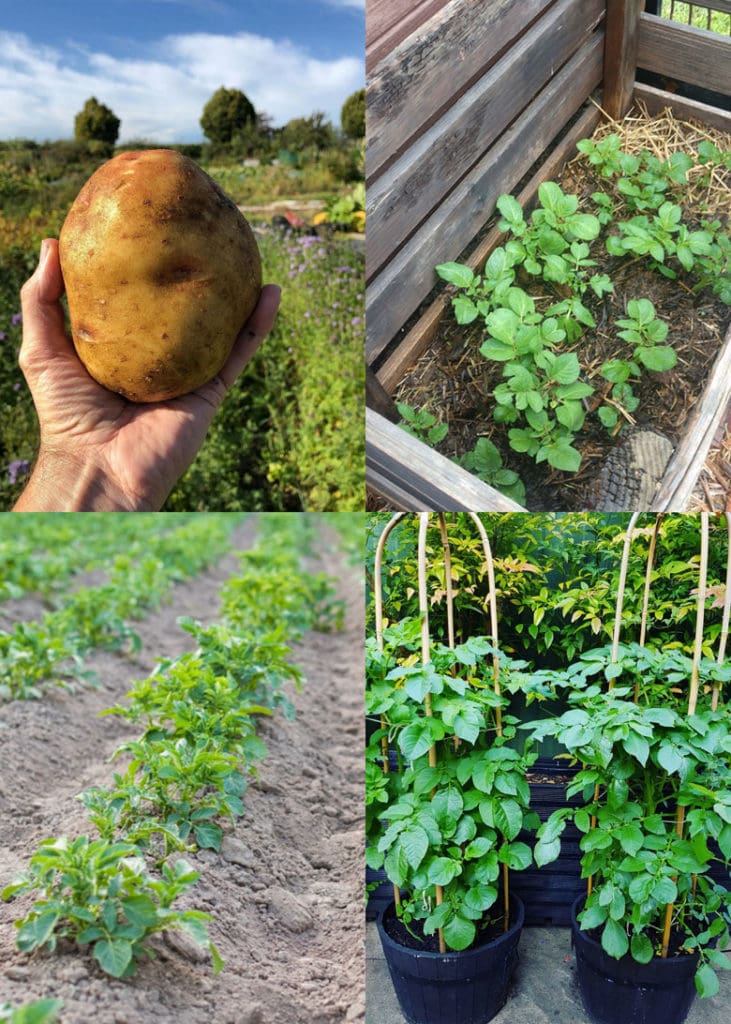Introduction
Growing potatoes in your garden can be highly rewarding, but choosing the right spot is crucial for a successful harvest. Potatoes need specific conditions to thrive, and understanding where to plant them helps maximize yield and quality. This article explores expert advice on where to grow potatoes in your garden, covering soil type, sunlight, spacing, and more. By following these guidelines, gardeners can ensure their potatoes develop well and produce tasty tubers.
Understanding the Ideal Location for Potatoes
Why Location Matters
Potatoes require a well-drained and nutrient-rich environment. Poor site selection can lead to problems like rot, pest infestations, or stunted growth. Choosing the right garden spot ensures healthy plants and a bountiful crop.
Key Factors to Consider
- Soil Drainage: Potatoes dislike soggy soil. Well-drained soil prevents waterlogging and tuber rot.
- Sunlight Requirements: Potatoes need at least 6 hours of direct sunlight daily to photosynthesize effectively.
- Soil pH and Nutrients: Slightly acidic soil (pH 5.0 to 6.5) is optimal. Nutrient-rich soil supports vigorous growth.
- Crop Rotation History: Avoid planting potatoes where nightshades (tomatoes, peppers) recently grew to reduce disease risk.
Best Soil Conditions to Grow Potatoes
Soil Type and Preparation
Potatoes grow best in loose, sandy loam or loamy soil that allows tubers to expand easily. Heavy clay soils should be amended with organic matter like compost or peat moss to improve texture and drainage.
Enhancing Soil Fertility
Incorporate well-rotted manure or balanced organic fertilizers before planting. This improves nutrient availability and soil structure. Avoid high nitrogen fertilizers, which encourage leafy growth at the expense of tubers.
Raised Beds and Mounding
If your garden soil is compacted or poorly drained, raised beds or mounded rows help improve soil conditions. Elevating the planting area enhances drainage and warms the soil faster in spring.
Selecting the Perfect Spot Based on Sunlight and Space
Sunlight Exposure
Select a location with full sun exposure, ideally south-facing if possible. Potatoes grown in shaded areas tend to produce fewer and smaller tubers.
Plant Spacing and Layout
Potatoes need space to grow underground. Maintain at least 12 inches between seed potatoes and 30 inches between rows. This spacing promotes airflow, reducing disease risks and allowing tubers to develop without crowding.
Companion Planting Considerations
Avoid planting potatoes near onions or cucumbers, which may stunt their growth. Good companions include beans and cabbage, which can help deter pests naturally.
Real-World Examples and Expert Insights
Case Study: Urban Garden Success
An urban gardener in Oregon improved potato yields by relocating from a shaded backyard corner to a raised bed with full sun and amended soil. The harvest doubled after optimizing location and soil conditions.
Expert Tip from Agronomist Dr. Lisa Green
“Selecting the right garden spot for potatoes is often overlooked but is fundamental. Test your soil drainage by digging a hole and filling it with water. If it drains within an hour, it’s suitable. Otherwise, consider raised beds or soil amendments.”
Conclusion
Choosing where to grow potatoes in your garden directly impacts the health and productivity of your crop. Prioritize well-drained, nutrient-rich soil with plenty of sunlight and adequate spacing. Consider raised beds if drainage is poor and practice crop rotation to avoid diseases. By applying these expert-backed strategies, gardeners can enjoy a rich and rewarding potato harvest year after year.
Start by assessing your garden’s conditions today to create the perfect environment for your potatoes to flourish.
